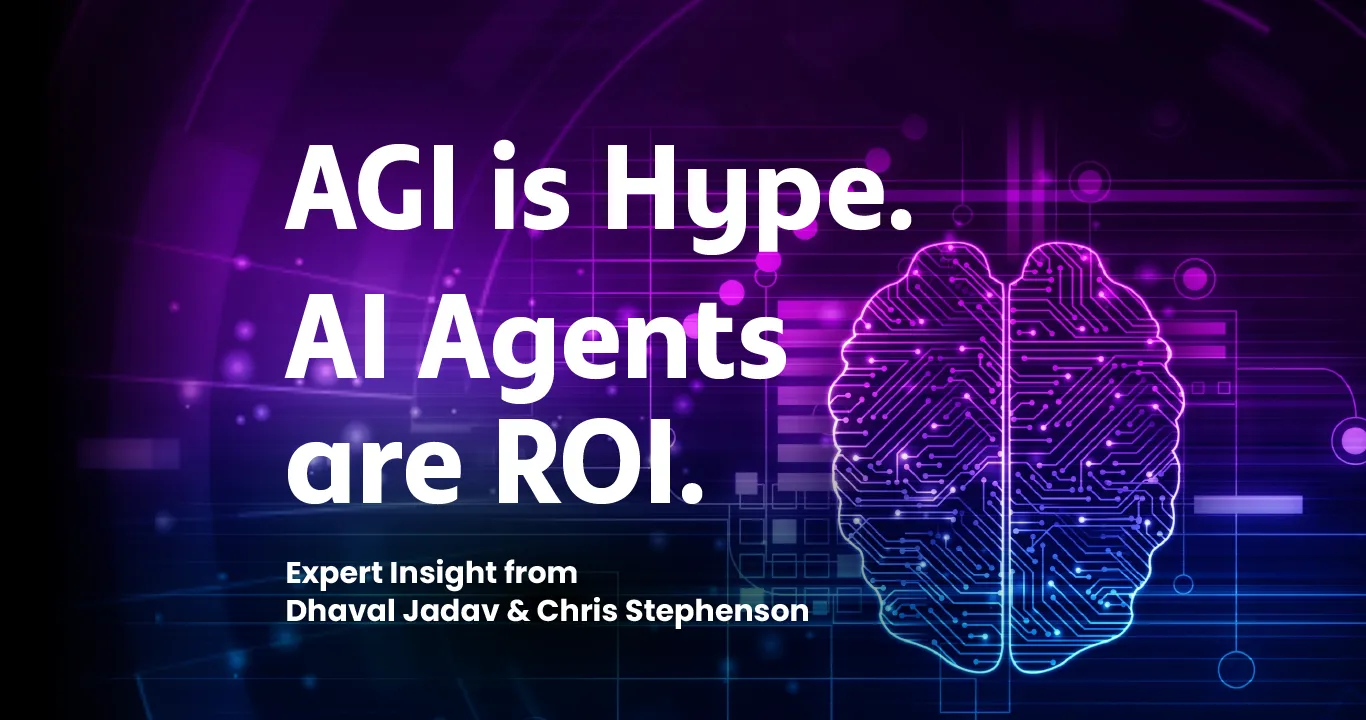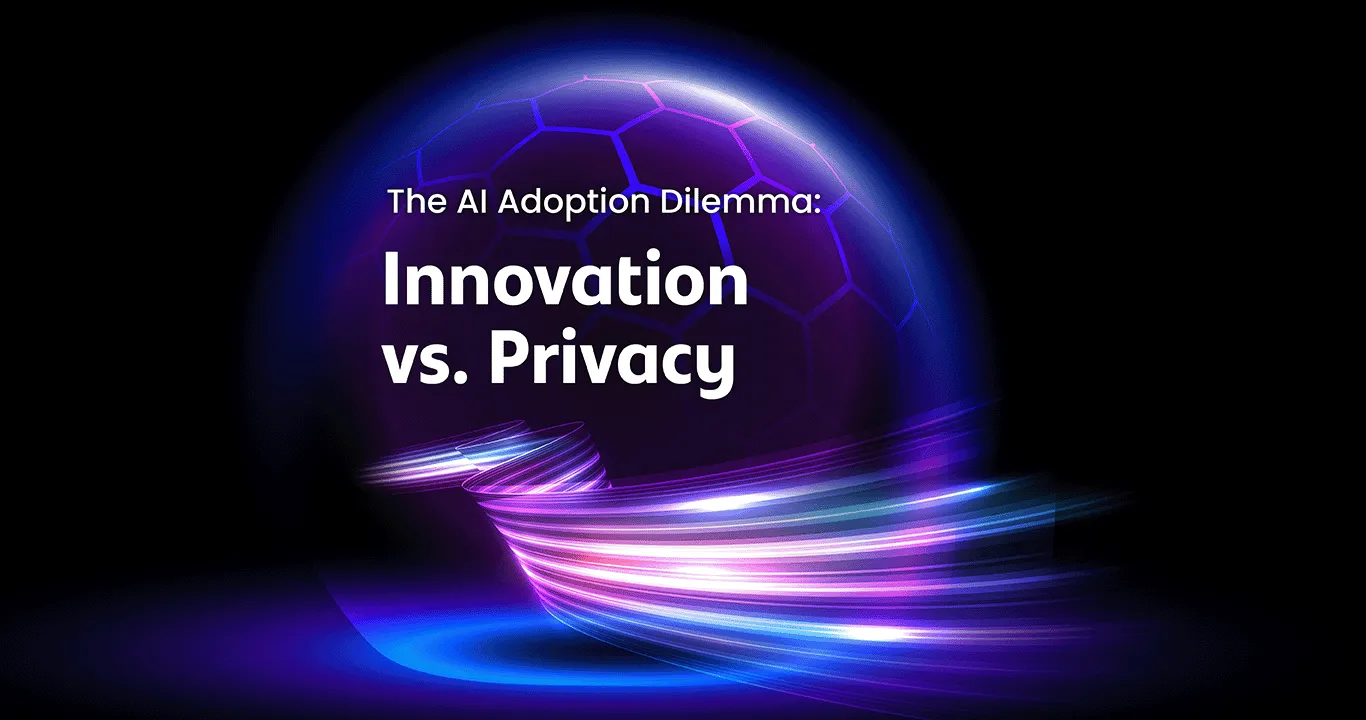In an age that celebrates lightning-fast technological advancement, organizational data management continues to fall short. Yes, we have moved through the data warehouse, big data, data lake and now even lake house phases, yet none of this infrastructure is moving the needle far enough.
In most organizations, the laborious and error-prone task of keying in data is still prevalent. Data remains disconnected throughout departments, the quality of data is often under scrutiny and employees at all levels of the organization struggle to access insights from the information they do receive.
Building Trustworth AI: Microsoft’s Strategy for Secure and Scalable Generative AI
Now, the next big thing — AI — is already here and everyone is trying to move on without having solved their data issues. Maybe you haven’t been keeping up, but data enforces AI, and all your data problems will stop you from using AI to stay competitive. This is the moment to get serious with your data or you’ll miss the big wave, and AI can actually help you get it right.
A full transformation can take time, but here are three things you can do right away to swing momentum in your favor and reap immediate value.
Automate AI data collection
Data has long been restrained by the manual collection process and inaccuracies associated with this approach. While the glamourous part of AI often lies in the algorithms and models, the unsung hero of any AI story is the quality of the data feeding those models.
Proper data collection is not just a task — it’s foundational to the future of any business’ intelligence. When data is accurately captured and managed, AI systems can operate at their full potential, leading to cutting-edge insights and predictive analytics.
There are many AI solutions already on the market that can enter information into systems. These solutions often require investment, but the payoff in time saved by employees and the benefit of higher quality data offsets any temporary issues.
Prioritize investments in data collection infrastructure, and you’re not only future-proofing your data assets, but also setting the stage for the next wave of AI innovations with a strong base of high quality data to feed those AI models.
Monetize your new and existing data
While many organizations already understand the power of having clean data and clean ways of inputting that data, many fail to grasp that tools ready to help them with this process already exist and are already doing wonders for peers in your industry. One emerging tool for inputting data, that may surprise, is generative AI chatbots.
With the advent of gen AI, a new breed of chatbots has emerged — ones that can conduct high-level conversations, resembling human interactions more closely than ever before. Not only can they understand customer queries, but they can input and collect data directly with business systems, efficiently handling forms and personalizing client profiles. Integrating such AI-driven chatbots isn’t just about cutting costs — it’s about revolutionizing customer engagement and driving new insights from every interaction.
If the first step is automating data capture, chatbots can directly collect and process data from customers without human intervention. The chatbots can not only collect the data but they can also use it for cross selling. The opportunity for cross selling through existing data resources is a critical avenue for new revenue.
All the data gathered from existing clients often sits idle for most organizations, which is wasting valuable resources. Through conversational AI and the existing data on hand, your business could be remarketing the original service to these clients or offering suggestions on what other services might be valuable for the client. In tandem, these two technologies can create a valuable secondary revenue channel, and all based off infrastructure companies already have in place.
Instead of a person having to manually respond to inquiries or collect their contact information, you now have an additional team member whose sole focus is on the collection and input of data. With chatbots working to harvest this valuable intel, you do not need to worry about continually refreshing the data or bringing in new leads.
Put your existing data to work for customer growth
The pursuit of growth often results in spending time and money acquiring new customers. Yet, an untapped reservoir of potential lies within existing customer bases and their data. Multi-service organizations are primed to benefit from cross-selling strategies that are intelligent, targeted, and predictive, and have an inherent advantage through the existing data they have.
Imagine a system that not only manages your customer interest pipeline, but predicts other services they might benefit from based on data from your previous interactions. Such predictive prowess springs from AI’s ability to sift through and analyze past win/loss records as well as other analytics, and provide actionable insights for cross-selling opportunities.
Consequently, the customer data already at hand becomes a rich vein ready to be mined for organic growth opportunities. By leveraging predictive analytics, marketing and sales organizations can craft bespoke cross-sell models that will unlock new revenue streams which have previously flowed undetected beneath the surface of their revenue pipeline.
It’s time to modernize pipeline data
The era where manual data management was standard practice is behind us. In its place, AI stands ready to usher in a more dynamic, efficient and intelligent future for business operations. The organizations that recognize and act upon the opportunities presented by AI in data handling will find themselves at the forefront of this paradigm shift, reaping the benefits of efficiency, customer insight, and most importantly, the irreplaceable benefit of growth.
Investing in AI is not just about staying competitive in today’s market — it’s also about preparing for the future. As technology continues to advance, businesses that have already integrated AI into their operations will be better equipped to adapt and thrive.




